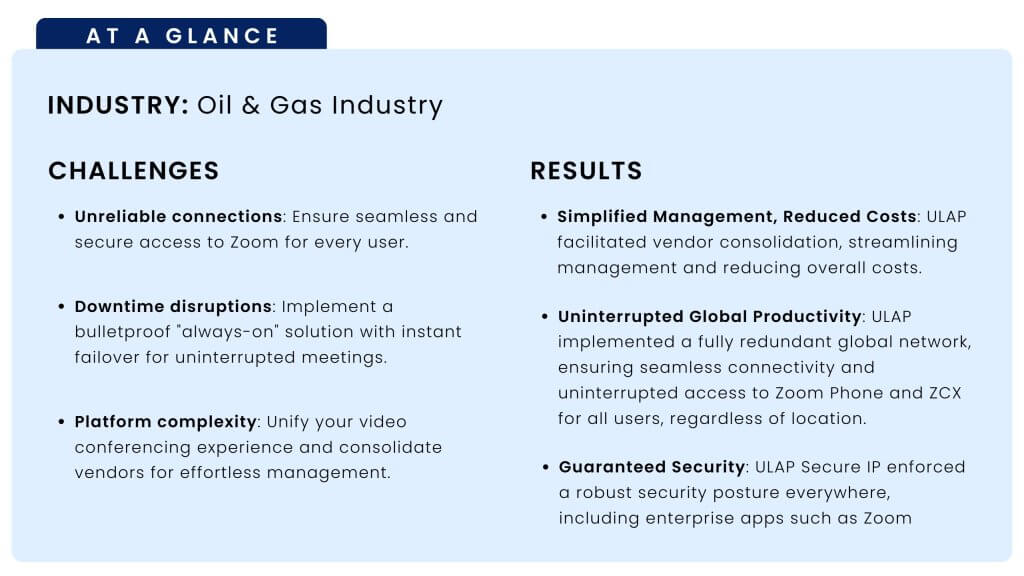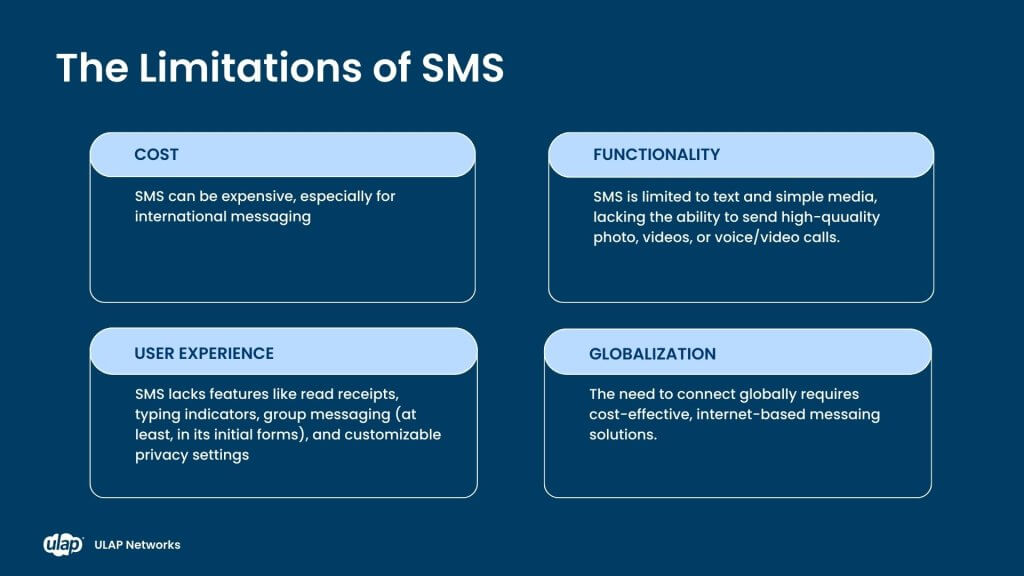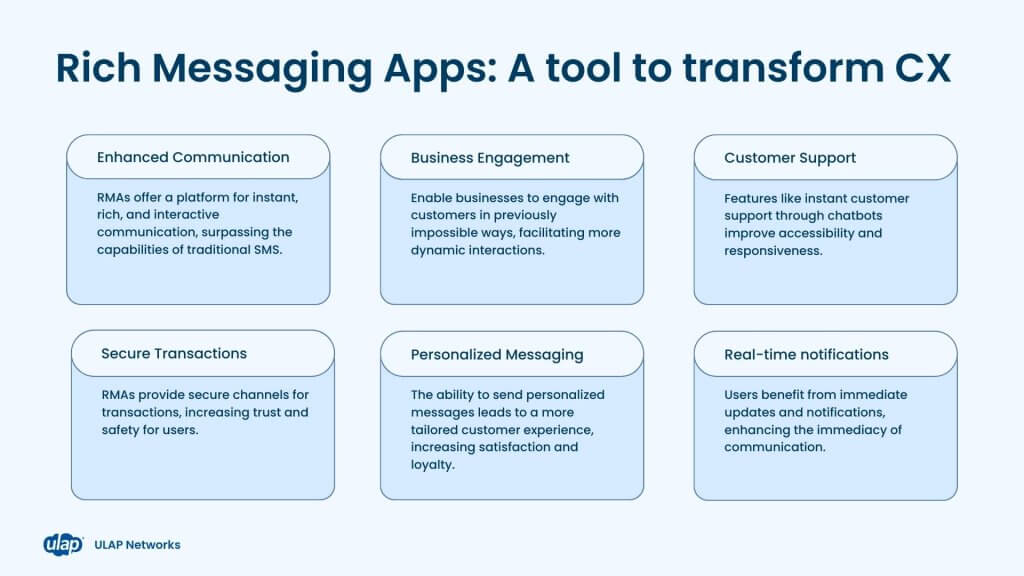A Review of Security Features of Zoom Contact Centre; Simplify360; NICE CXone; and CallCabinet
This article examines the security features of leading solutions from Zoom Contact Center, NICE CXone, Simplify360, and CallCabinet. These platforms are pivotal in safeguarding sensitive customer data and ensuring seamless, secure interactions across various communication channels.
We’ll explore how these platforms protect sensitive customer data, mitigate security threats, and ensure compliance with industry regulations. Understanding the security features of these platforms is crucial for any organization striving to enhance its customer experience while maintaining a strong defense against security threats.
Table of contents:
-
Pain Points with Lasting Impact
-
Encryption Protocols
-
Access Controls
-
Compliance
-
Threat Detection and Prevention
-
CallCabinet
-
Conclusion
Organizations face several cybersecurity pain points that can significantly impact their operations and reputation. According to Venturebeat, “Phishing has become omnichannel, mirroring and exploiting the technologies businesses use to communicate. These attacks cross channels, as hackers use phone calls, SMS, social media direct messages and chat.” Among these, data breaches stand out as a particularly alarming issue. A data breach occurs when sensitive, protected, or confidential data is accessed or disclosed without authorization, potentially leading to financial losses, erosion of customer trust, and long-term reputational damage.Without robust security measures, sensitive conversations and data can be intercepted or tampered with by unauthorized parties, leading to breaches of confidentiality, loss of intellectual property, and exposure of customer data
Compliance challenges represent another critical pain point. With the proliferation of data protection laws such as GDPR, HIPAA, and PCI DSS, organizations are under increasing pressure to ensure that their handling of customer data meets strict regulatory standards. For organizations, this means not only the direct loss of sensitive information but also the undermining of customer confidence and trust in their ability to protect their privacy. Failing to adequately protect customer information or maintain proper data handling practices, leading to potential fines and sanctions that can severely impact their bottom line and customer relationships.
Together, these pain points underscore the critical importance of implementing comprehensive cybersecurity measures to protect against data breaches, ensure compliance, and secure communications, thereby safeguarding an organization’s reputation and its customers’ trust.
Encryption Protocols
Encryption protocols are the backbone of cybersecurity, ensuring that data transmitted over the internet remains confidential and secure from unauthorized access. These protocols employ sophisticated algorithms to convert data into a coded form, which can only be decrypted with the correct key.
Essential for protecting sensitive information such as personal details, financial transactions, and confidential communications, encryption safeguards data both in transit and at rest, thwarting potential eavesdroppers and hackers.
When it comes to CX platforms, employing robust encryption protocols is non-negotiable. Businesses rely on these platforms to handle vast amounts of customer data, making security a top priority to maintain trust and comply with stringent regulatory requirements.
Zoom Contact Center, Simplify360, and NICE CXone each prioritize data security by implementing advanced encryption protocols.
Encryption Vendor Highlights
Zoom Contact Center ensures secure customer interactions by encrypting all communications and, safeguarding data in transit and at rest.
Simplify360 employs industry-standard encryption protocols to protect user data transmitted through their platform.
NICE CXone takes a comprehensive approach by offering encryption for data in transit and at rest, using industry-standard protocols to prevent unauthorized access and ensure data integrity.
Access Controls
Robust access control mechanisms are essential for safeguarding sensitive customer data within CX platforms. These controls dictate who can access specific information and what actions they’re permitted to perform. Here’s how access controls work:
- Role-Based Permissions: Businesses define granular roles based on job functions (e.g., agent, supervisor, administrator). Each role is granted specific access to data and system features, preventing unauthorized actions.
- Two-Factor Authentication (2FA): An added layer of security, 2FA requires users to provide a secondary form of identification (like a code sent to their phone) along with their username and password. This significantly reduces the risk of unauthorized logins.
- Audit Logging: Tracking user activity within the platform provides accountability and allows for investigating potential security incidents.
Access Control Vendor Highlights
Zoom Contact Center: Offers role-based permissions and detailed activity logging.
NICE CXone: Provides granular access controls and the option to enforce 2FA for enhanced security.
Simplify360: Includes tools for managing user permissions and access levels..
Remember, access control implementations can vary in complexity among vendors. Some offer extensive customization, while others may have more streamlined setups.
Compliance
Compliance is paramount for businesses handling sensitive customer data. Compliance standards in contact centers refer to the set of regulations and guidelines that govern how customer information is managed, stored, and processed. Failure to comply can result in severe consequences, including:
- Hefty Fines: Violating regulations can lead to substantial financial penalties.
- Legal Penalties: Non-compliance can trigger lawsuits and legal repercussions.
- Reputational Damage: Breaches due to non-compliance erode customer trust and harm brand reputation.
Compliance Vendor Support
Zoom Contact Center: Offers features and configurations to assist with GDPR, HIPAA and PCI DSS compliance.
NICE CXone: Provides tools and adheres to certifications supporting compliance with GDPR, HIPAA, and PCI DSS. https://www.niceincontact.com/)].
Simplify360: Recognizes the importance of compliance in building secure, trustworthy customer engagement platforms.
Threat Detection and Prevention
CX platforms combat security risks through proactive threat detection and prevention capabilities. These systems leverage advanced technologies like:
- AI and Machine Learning: Analyzes patterns and behaviors to identify suspicious activity or potential threats in real-time.
- Threat Intelligence Feeds: Consolidated data on known malicious activity are used to block or flag potential attacks.
- Automated Response: Some systems can take automatic actions to quarantine threats, minimizing their impact.
Why It Matters
Proactive threat detection and prevention are crucial because:
- Security threats constantly evolve: These systems help stay ahead of new and emerging attack methods.
- Data breaches have severe consequences: Early detection and response can prevent or minimize security incidents.
Threat Detection Vendor Highlights
Zoom Contact Center: Offers security tools and may integrate with specialized threat detection solutions.
Simplify360: Follows best practices to ensure data is safe and secure.
NICE CXone: Employs AI-driven anomaly detection and offers robust analytics to pinpoint and respond to potential threats.
CallCabinet
CallCabinet specializes in secure, compliant call recording solutions to enhance customer experience within contact centers. Their key capabilities include:
- Secure Call Recording: CallCabinet captures and encrypts call recordings for secure storage and retrieval, ensuring confidentiality and data integrity.
- Regulatory Compliance: The platform adheres to industry regulations like GDPR, HIPAA, and PCI DSS, simplifying compliance processes for businesses handling sensitive customer conversations.
- Integration with CX Platforms: CallCabinet seamlessly integrates with leading CX platforms, enabling easy access and management of recorded calls alongside customer interaction data.
Conclusion: Cybersecurity is a Journey – Not a Destination
Cybersecurity is an ongoing process. Businesses must continuously evaluate their security posture, adapt to threats, and implement best practices to protect their valuable customer data.
One size does not fit all. It requires a highly integrated set of procedures and policies that are tailored to the unique needs of a business.
It requires a comprehensive understanding of the evolving nature of the enterprise. And a cybersecurity plan must be meticulously tailored to meet the unique requirements of each business.
Leading CX platforms like Zoom Contact Center, NICE CXone, Simplify360, and compliant recording services like CallCabinet offer a range of security features, including encryption, access controls, threat detection, and compliance support.
To implement a robust cybersecurity plan, it’s crucial to find the right CX partner. ULAP Networks and its partners, like Zoom, NICE, Simplify360, and CallCabinet, offer solutions that are designed to the specific needs of each business.












